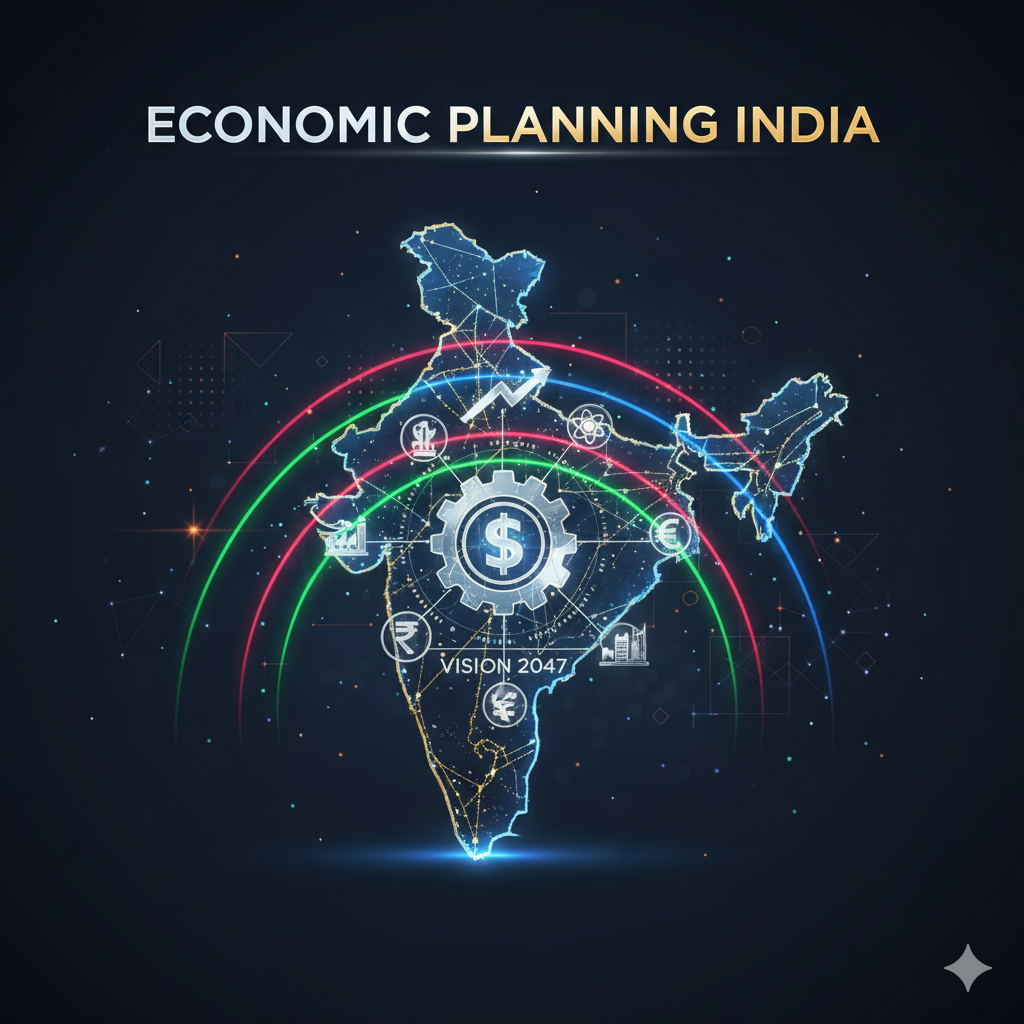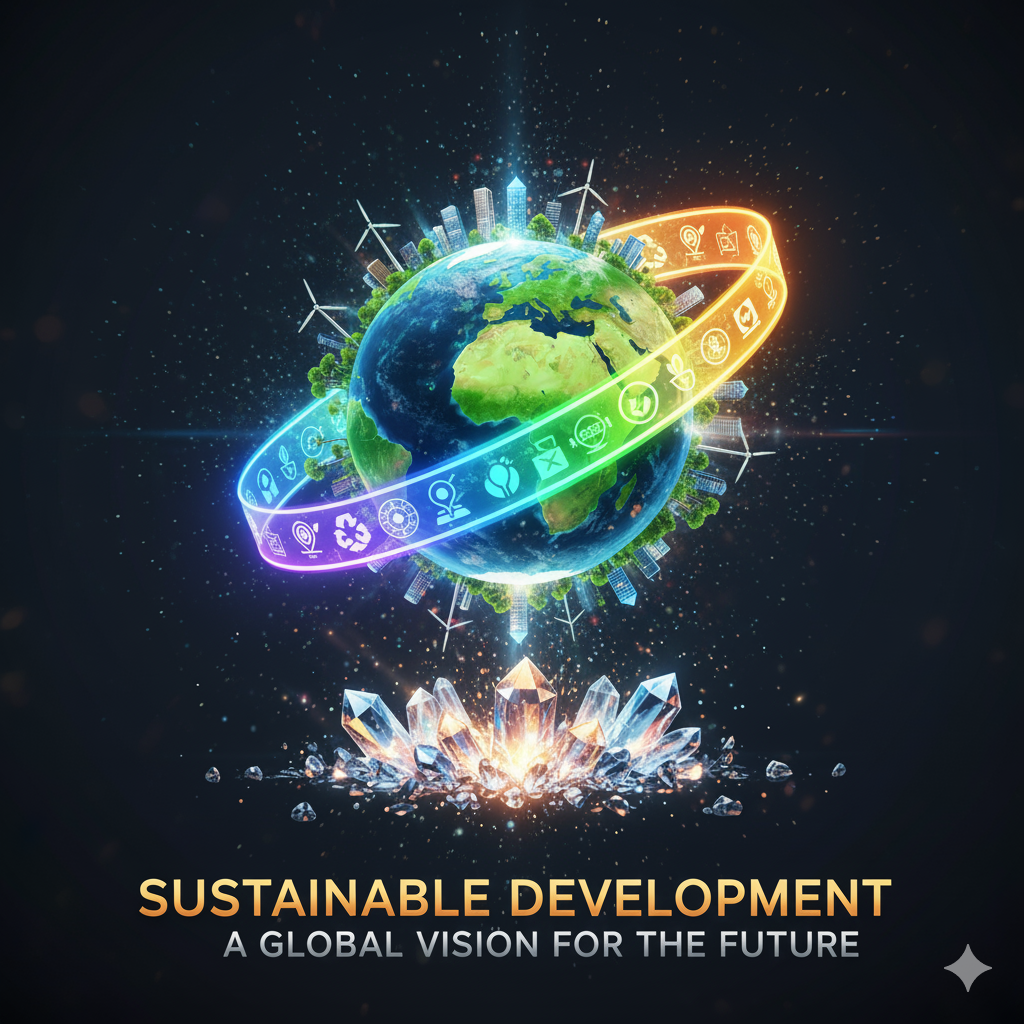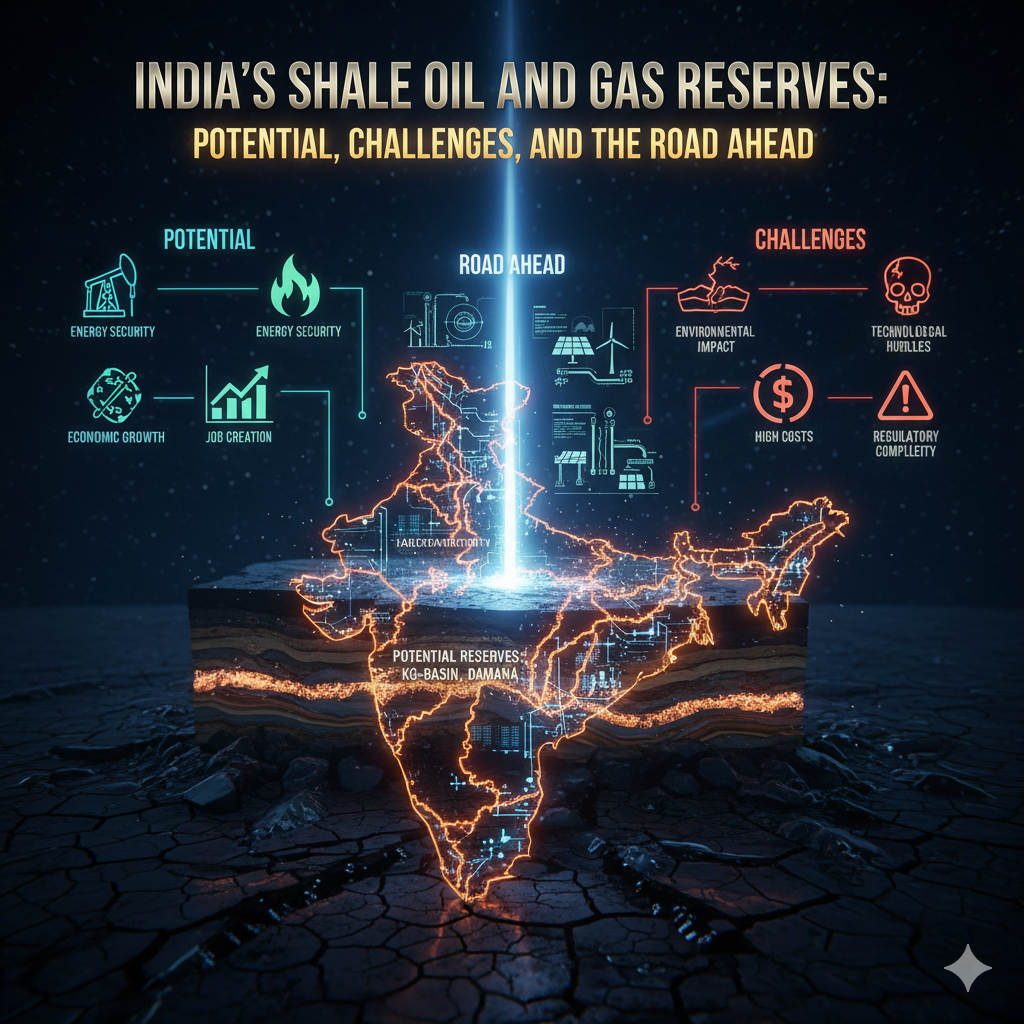Introduction
In recent decades, the frequency and intensity of natural disasters have escalated dramatically across the globe. These disasters—ranging from cyclones, floods, earthquakes, wildfires, and droughts—are increasingly linked to the growing impacts of climate change. Rising global temperatures, melting glaciers, erratic rainfall, and rising sea levels are not only environmental challenges but also catalysts for more severe and unpredictable disasters.
Governments play a crucial role in disaster risk management, especially in building resilience, formulating policy, and coordinating responses. India, being highly disaster-prone due to its geographical diversity, has developed robust institutional mechanisms to manage and mitigate disaster risks. This includes the formulation of the National Disaster Management Plan (NDMP) and alignment with international frameworks like the Sendai Framework for Disaster Risk Reduction (2015–2030). This essay explores how these strategies function in mitigating the adverse effects of disasters, the role of various government agencies, and the way forward in the context of a changing climate.
Increasing Severity of Natural Disasters and Climate Change
The link between climate change and the increasing frequency of natural disasters is now scientifically well-established. According to the Intergovernmental Panel on Climate Change (IPCC), global warming contributes to more intense cyclones, unpredictable rainfall, and prolonged droughts. In India, the impact is felt in multiple ways:
- Frequent Flooding: Urban and riverine floods have become common in states like Assam, Bihar, and Kerala.
- Cyclonic Activity: The eastern coastline has witnessed an increase in severe cyclonic storms like Fani (2019), Amphan (2020), and Yaas (2021).
- Heatwaves and Droughts: Prolonged dry spells affect agricultural productivity and water availability in central and western India.
These evolving threats require dynamic and proactive government policies focused not only on disaster response but also on prevention, preparedness, and recovery.
The Role of Government in Disaster Risk Management
The government has a multi-dimensional role to play in disaster risk reduction (DRR), which includes the formulation of policies, setting up institutional frameworks, mobilizing resources, and coordinating with various stakeholders including local bodies, private organizations, and international agencies.
1. Policy Formulation and Planning
Governments are responsible for the creation and implementation of national and state disaster management plans. These are designed to build long-term resilience and include hazard risk mapping, vulnerability assessments, and guidelines for various sectors such as agriculture, water, health, and infrastructure.
2. Institutional Framework
India follows a well-structured institutional mechanism with the Disaster Management Act, 2005, forming its backbone. It provides for the establishment of:
- National Disaster Management Authority (NDMA) at the central level.
- State Disaster Management Authorities (SDMAs).
- District Disaster Management Authorities (DDMAs).
These bodies ensure a decentralized approach, with well-defined responsibilities for each administrative tier.
3. Resource Allocation and Emergency Response
Governments allocate funds for both pre-disaster preparedness and post-disaster relief. Funds like the National Disaster Response Fund (NDRF) and State Disaster Response Fund (SDRF) are used for immediate relief and rehabilitation. The government also coordinates with the National Disaster Response Force (NDRF) for rescue and relief operations.
4. Community Involvement and Awareness
Public awareness campaigns, early warning systems, community drills, and capacity building programs are essential tools employed by governments to reduce the impact of disasters at the local level. Emphasis is increasingly placed on community-based disaster risk management (CBDRM), especially in rural and vulnerable areas.
National Disaster Management Plan (NDMP): An Overview
India’s National Disaster Management Plan (NDMP), first released in 2016 and revised in 2019, represents the country’s comprehensive vision and strategy for disaster risk reduction and response. It is the first national plan aligned with the Sendai Framework for Disaster Risk Reduction.
Objectives of NDMP
- Strengthen disaster resilience across sectors and communities.
- Promote a culture of prevention, preparedness, and mitigation.
- Develop capacity at all levels to deal with disasters effectively.
- Integrate DRR into development planning and governance.
Key Features
1. All-Hazards Approach
NDMP addresses all types of disasters—natural and man-made—covering a wide range from floods and earthquakes to nuclear and chemical disasters.
2. Phase-wise Strategy
The plan is built around four priority themes:
- Prevention and Mitigation
- Preparedness
- Response
- Recovery and Reconstruction
3. Roles and Responsibilities
It clearly outlines the roles of ministries, departments, and local governments in each phase of disaster management. Line ministries have been given nodal responsibilities for specific disaster types.
4. Sectoral Integration
NDMP ensures the integration of disaster risk reduction measures in key sectors such as:
- Agriculture (drought-resistant crops, soil conservation)
- Urban Development (resilient infrastructure)
- Water Resources (flood forecasting, reservoir management)
- Health (epidemic preparedness, mobile medical units)
5. Technology and Innovation
It encourages the use of space technology, Geographic Information Systems (GIS), drones, and Artificial Intelligence (AI) for forecasting, early warning, and damage assessment.
The Sendai Framework: A Global Perspective
The Sendai Framework for Disaster Risk Reduction (2015–2030), adopted at the Third UN World Conference on Disaster Risk Reduction in Sendai, Japan, replaced the Hyogo Framework for Action. It represents a shift in emphasis from disaster response to risk management and resilience building.
Four Priority Areas
- Understanding Disaster Risk
Emphasis on data collection, risk assessment, and knowledge dissemination. - Strengthening Disaster Risk Governance
Encourages clear roles and collaboration across institutions and levels of government. - Investing in DRR for Resilience
Advocates integrating risk reduction into development policies and infrastructure investment. - Enhancing Disaster Preparedness and Build Back Better
Focuses on preparedness for response and post-disaster recovery to reduce future vulnerabilities.
Seven Global Targets
Some of the key measurable targets include:
- Reducing global disaster mortality.
- Reducing the number of affected people.
- Reducing economic losses.
- Increasing international cooperation.
India’s NDMP aligns closely with these priorities and targets, showcasing its commitment to global best practices in disaster risk reduction.
Alignment Between NDMP and the Sendai Framework
The NDMP is a clear reflection of India’s commitment to the Sendai Framework. Key points of alignment include:
- Risk Identification and Mapping: NDMP incorporates vulnerability mapping at the state and district levels, in line with the Sendai priority of understanding risk.
- Institutional Coordination: Both emphasize strong institutional frameworks and governance mechanisms.
- Investment in Resilience: The plan emphasizes infrastructure resilience and DRR-sensitive planning, in sync with the Sendai objective of investing in DRR.
- Community and Capacity Building: Both frameworks highlight community participation and capacity enhancement.
- Recovery Framework: The concept of “Build Back Better” is an integral part of NDMP’s post-disaster recovery strategy.
Challenges in Implementation
Despite well-laid plans and frameworks, India faces several challenges in implementing disaster risk management strategies effectively:
- Data Gaps and Poor Risk Assessment
Many vulnerable areas lack up-to-date hazard maps or risk assessments. - Urban Vulnerabilities
Rapid urbanization without planning has made cities more prone to floods and structural collapses. - Coordination Issues
Overlapping responsibilities among agencies often delay response and recovery. - Resource Constraints
Financial limitations at the state level hamper preparedness and mitigation efforts. - Low Community Awareness
In many rural and urban fringe areas, awareness and participation in disaster management remain low.
The Way Forward
To address the growing disaster risks under climate change, governments must adopt an integrated, inclusive, and future-oriented approach. Key strategies include:
- Mainstreaming DRR into Climate Policy: Disaster risk management must be an integral part of climate adaptation strategies.
- Capacity Building at the Grassroots: Strengthening Panchayati Raj Institutions and Urban Local Bodies with training and resources.
- Leveraging Technology: Expand the use of AI, IoT, and remote sensing for prediction and real-time monitoring.
- Multi-Stakeholder Engagement: Encourage participation from the private sector, civil society, and international partners.
- Focus on Resilient Infrastructure: Develop disaster-resilient infrastructure, particularly in urban areas and coastal zones.
Conclusion
Climate change is no longer a distant threat but a present reality, intensifying natural disasters and exposing the vulnerabilities of communities, especially in developing nations like India. The government’s role in disaster risk management is central to minimizing human and economic losses. Through initiatives like the National Disaster Management Plan and alignment with global frameworks such as the Sendai Framework, India is striving to build a resilient future.
However, this journey demands persistent efforts, capacity building, and a collaborative approach. The ultimate goal must be not only to respond effectively to disasters but to reduce their occurrence and impact through systemic changes in governance, infrastructure, and community behavior. Only then can we build a safer, more sustainable world in the face of mounting environmental challenges.




